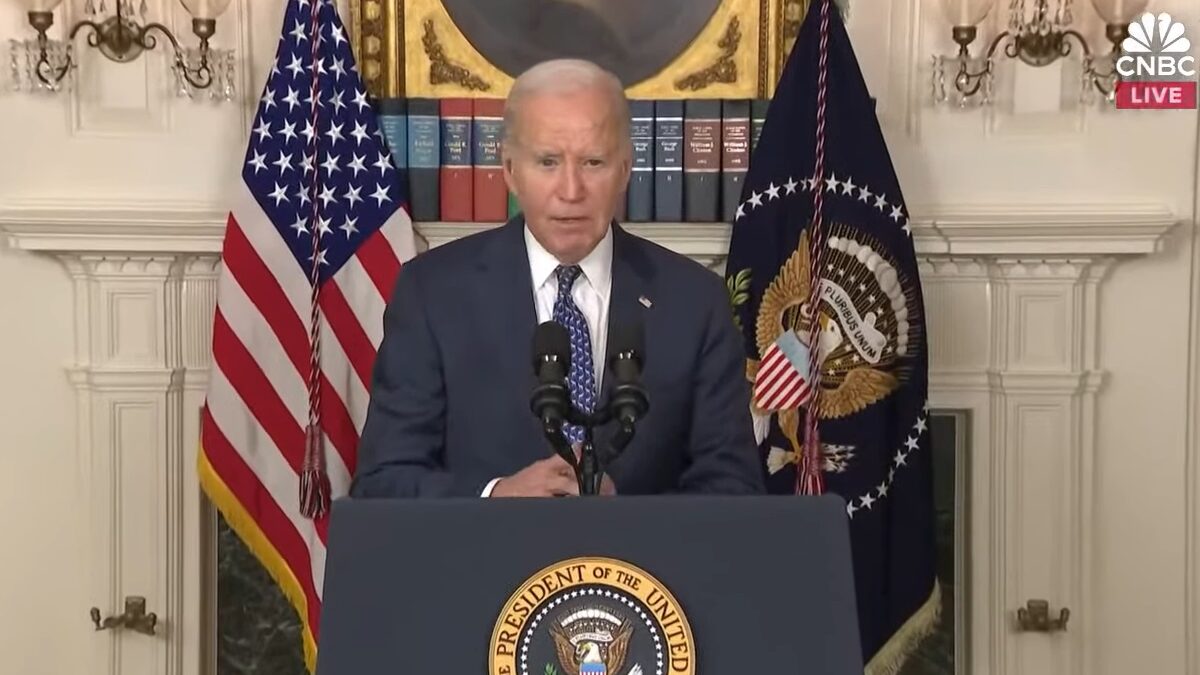
The U.S. military’s presence spans six continents, and service can be breathtaking—from assignments in Antarctica to Okinawa—and grueling. It can include two-year duty stations and one-year schooling moves, deployment rotations that can leave a family feeling displaced, and often no more than a few weeks between official orders and pack-out dates.
According to the Military Child Education Coalition, the majority of the 1.2 million school-aged military children are in their elementary school years. It is not uncommon for those children to attend six schools during K-12. They are spread out in school systems across the nation, but concentrated in a few key states, not represented nationwide, which would allow educators and schools more experience with this highly transient group. A 2017 report by The Lexington Institute, “Better Serving Those Who Serve,” found approximately half of stateside active-duty service members reside in California, Virginia, Texas, and North Carolina.
Across the nation and even across these highly “military” populated states, military children face variable academic requirements, systems, and learning styles. There is no streamlined approach, no standard procedures or common practices to assist their frequent education transitions. According to the Military Children Education Coalition’s website, “Every school district in this country has military-connected children and youth,” but “there is NO reliable, consistent school-based data on the academic health of these students.”
Military personnel rely heavily on smart and timely data and a plethora of support systems to manage their fast-shifting assignments, but military-connected children are not receiving similar support.
A ‘Home Base’ School
Parenting and pluck come into play here. The one form of schooling that transitions seamlessly with even the most mobile student is parent-driven. Home education allows for transferring the same teaching style, tools, and school environment to each new station. There is limited data on the number of military students who are fully home educated, but jumping in and out of public school systems to accommodate a child’s needs is not uncommon in military communities. So parents continue to see homeschooling’s benefits.
“Logistically, one of the big, keystone aspects of home education is flexibility,” said Brian Ray, president of the National Home Education Research Institute. “It goes without saying. It’s systemic to homeschooling. Pedagogically and the entire flexibility of the schedule.”
Abby Parker, the spouse of an active-duty airman stationed in northern Virginia, began home educating her eldest daughter, Olivia, in kindergarten. The family was stationed in Germany when her husband received orders to deploy.
“In Germany, Olivia would have had an hour-long bus ride, both to and from school as a kindergarten and first-grade student, or I would have had close to a similar commute each school day,” Parker said. “We thought that time on the road could be better spent.”
To follow her father’s deployments, Olivia would also have had to start kindergarten in Department of Defense Dependents Schools in Germany, transfer to one in New Mexico for a few months, then return to the DDOS school, her mother said. “We didn’t want her to have all that upheaval during an already challenging time, so we decided to homeschool.”
Class sizes, classroom peers, and teacher reputation factored into this decision. Years later, the Parker family is happy with their choice. Because of several one- and two-year assignments over the years, without homeschooling Olivia would be at her eleventh school in eleventh grade and her sister Sophie would have been at her seventh school in eighth grade.
Macro and Micro Benefits to Military Families
With homeschooling, monthly planning and daily educating can occur anywhere, anytime and fits the military lifestyle in numerous ways.
“Most people know that moving children in and out of school usually, largely, is going to have a negative impact on them,” Ray noted. Teacher style, teacher training, school environment, government mandates, and testing all vary by school and district, he said.
“With home education you can choose a curriculum package, a pedagogical style, whether it’s relaxed or highly structured, the family gets to choose it,” Ray said. “In home-based education the child’s life and the family life, education revolves around family life. For an institution, the family’s life revolves around the institution.”
Plus, the academics are impressive. According to NHERI’s research, home-educated students, “typically score 15 to 30 percentile points above public-school students on standardized academic achievement tests,” and score above average regardless of parents’ level of education or income.
A Combined Approach
Technology has furthered parents’ ability to provide a seamless education experience, Ray said. Internet-based curricula, courses, and schools are now available for transient students. Hybrid options, in which students may enroll part-time at a local public high school, participate in a weekly co-op, or join homeschool “micro-schools,” provide great diversity in education options.
“Olivia enrolled in the local DODDS high school when she was a freshman, and attended as a part-time student,” Parker said. “There was a small group of homeschool students who all enrolled in the same two core classes, the teachers of which had a reputation for excellence. Olivia did well academically and was academically challenged, the core classes she took were honors classes…The school did block scheduling, so she went all day, every other day. On the days she was at home she worked on her other classes.”
Parker’s eldest is currently taking Advanced Placement classes online and will complete AP tests at her local high school.
“As the girls have gotten older, we have given them the option to go to school or to continue homeschooling,” Parker said. “They both have elected to continue homeschooling, or to do a combination…Olivia’s main reasons for continuing to homeschool were continuity and flexibility. Enrolling in a highly competitive school, attempting to transfer credits, and possibly being barred from joining teams and clubs because she ‘transferred’ seemed like a waste of effort when we could have been given orders to move this summer.”
Disjointed Public School Systems
Ann Ragucci, spouse of a soldier stationed in North Carolina, homeschooled her oldest son when he was 9 and 10 years old “to be able to give him a more individualized education,” she said. “With my firstborn I noticed his strong subjects were reading and history and his weaker, mathematics. Knowing this I was able to individualize his education to his needs and enhance his education in his stronger abilities. We have since moved twice more because of military.”
Re-entering the public school system afterward resulted in major strain for Ragucci’s eldest child, who struggled to align differing graduation requirements across states and school districts.
“We have experienced major inconsistencies with the all-around education in high school requirements for my oldest,” Ragucci said. “I felt as if we were being punished because we were military. He had to take freshman requirements that were not required elsewhere and was not allowed to take advanced classes because of this. There is no help or leniency for military children and their requirements for graduating high school.”
Ragucci’s daughter, who is partially deaf, had four different teachers in one year because of a teacher shortage. Inadequacy and inconsistency has been a common theme in her children’s public school education, Ragucci said. She is currently very satisfied with her children’s local public school, but everyday bullying is still a problem.
“Bullying is a very well-known fact in schools and also another reason for homeschooling,” Ragucci said. “We are having to constantly have open dialogue with our children about how to handle situations that I personally feel they do not need to be exposed to at this age.”
Keeping a Military Family Strong
A central reason military families homeschool is to have more time together, which is harder when one or both parents are deployed for often lengthy periods, Ray said.
“Homeschooling has provided stability, and it has helped the girls develop a close relationship,” Parker said. “They enjoy each other’s company, and we are so thankful. We are grateful for the amount of time we have been able to spend with each other. Olivia will be a senior next year, and we are very aware of how quickly the school years pass…the ties established help sustain relationships during the inevitable absences and assignments that require extraordinary hours spent away from home.”
As the popularity of home education increases, we should expect a continued rise in the home education of military children. It’s a style of learning that celebrates, rather than holds back, this transient group.









